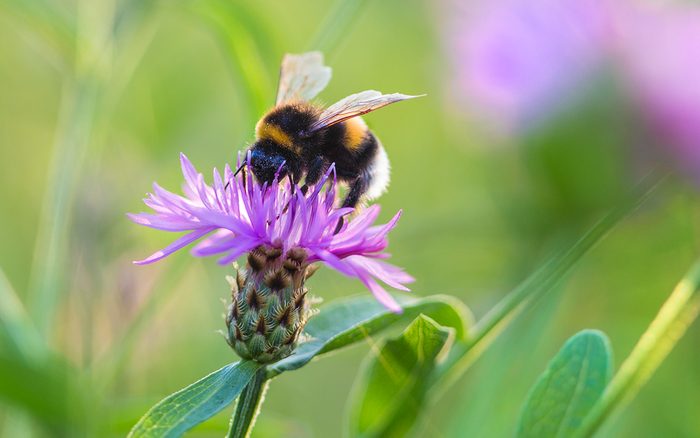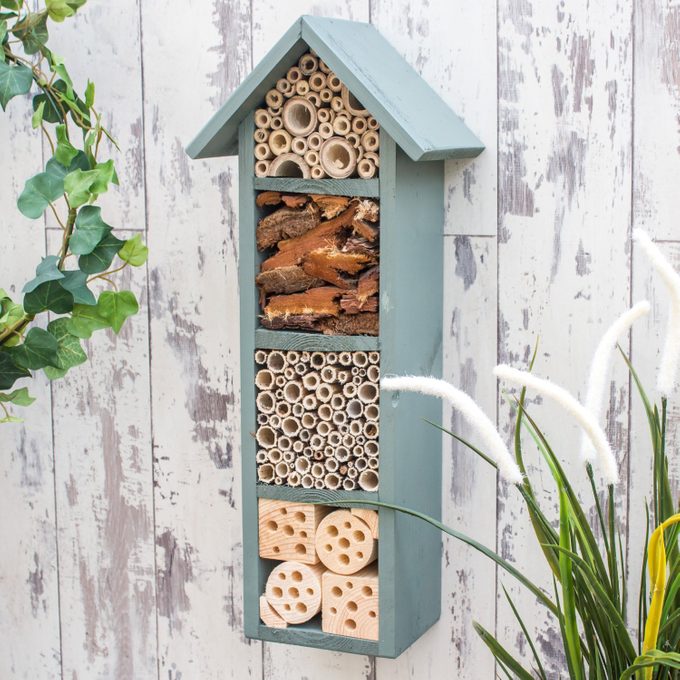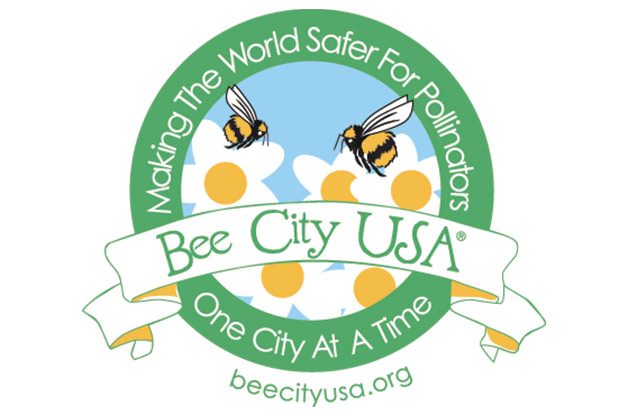6 Ways You Can Help Save the Bees
Updated: Nov. 17, 2023

Help the declining pollinator population and become a bee champion.
Bees are a big deal. These unsung heroes of the planet work hard to keep our food web functioning. One in every three bites of food we eat is courtesy of pollination, and 85 percent of flowering plants and trees rely on pollinators for survival.
A Sticky Situation
Many people are concerned about the decline of honeybee populations. Since 2006, Colony Collapse Disorder has wiped out nearly 3 million hives. According to the Centre for Research on Globalization in Montreal, Canada, the honeybee population has dropped by more than 30 percent. In addition, many of the 4,000 species of native bees are in decline, some verging on extinction. What happened?
“All bee species face similar stressors—poor nutrition due to a lack of flowers or monocropping, pesticide exposure, parasites and diseases,” says Phyllis Stiles, director of Bee City USA, a certification program that helps pollinator populations.
“It’s important to understand that pollinator- plant relationship because it directly affects our food.”
What can gardeners do to help our bees?

- Create nesting and overwintering spots for pollinators. “Seventy percent of bee species nest in the ground,” Phyllis says. “Reserving areas of dry, bare, undisturbed ground provides places for them to raise their young in the early spring.”
- The remaining 30 percent of native bees nest in tunnels, so erect a bee hotel, pictured above, a structure with stacked, narrow tubes that mimics a bee’s natural living quarters. Avoid placing the bee hotel in shade, which might attract unwanted wasps.
- Leave some stumps and dead wood in your landscape for bees to tunnel and live in. Just drill holes in blocks of untreated lumber for bee habitats. Have any nesting spots face southeast. Bees like to be warm in the morning before heading out to gather pollen.
- “Plant native plants, trees and shrubs, reduce lawns and expand the natural areas in your yard,” Phyllis says.
- Cultivate a PC (pollinator-conscious) backyard by eliminating pesticides or using safer ones, such as Bacillus thuringiensis (Bt). Choose plants from local nurseries that don’t treat seeds with neonicotinoid pesticides, which kill all insects by attacking the central nervous system.
- And become an advocate: Petition for a community or school garden, and campaign to have native plants in public spaces.
By the way, these are the best gifts for gardeners.
Bonus: Become a Bee City
Thanks to organizations such as Bee City USA, the future looks sweeter for our pollinators. Launched in 2012, the Bee City USA program supports the creation of sustainable habitats for pollinators. “Each city needs at least one champion to build a coalition for applying for Bee City USA certification,” says Phyllis. “This champion can be a city staff person, a beekeeper, a city council member, the mayor or a gardener. He or she simply has to present the case for certification to fellow citizens.” Certification from Bee City USA is both an honor and a responsibility. After certification, each Bee City has an annual celebration, usually coinciding with National Pollinator Week in June, that includes educational activities. Currently, there are 15 Bee City communities in the U.S. Find out more at beecityusa.org.
Next, learn how to make a bee waterer that will look gorgeous in your backyard.